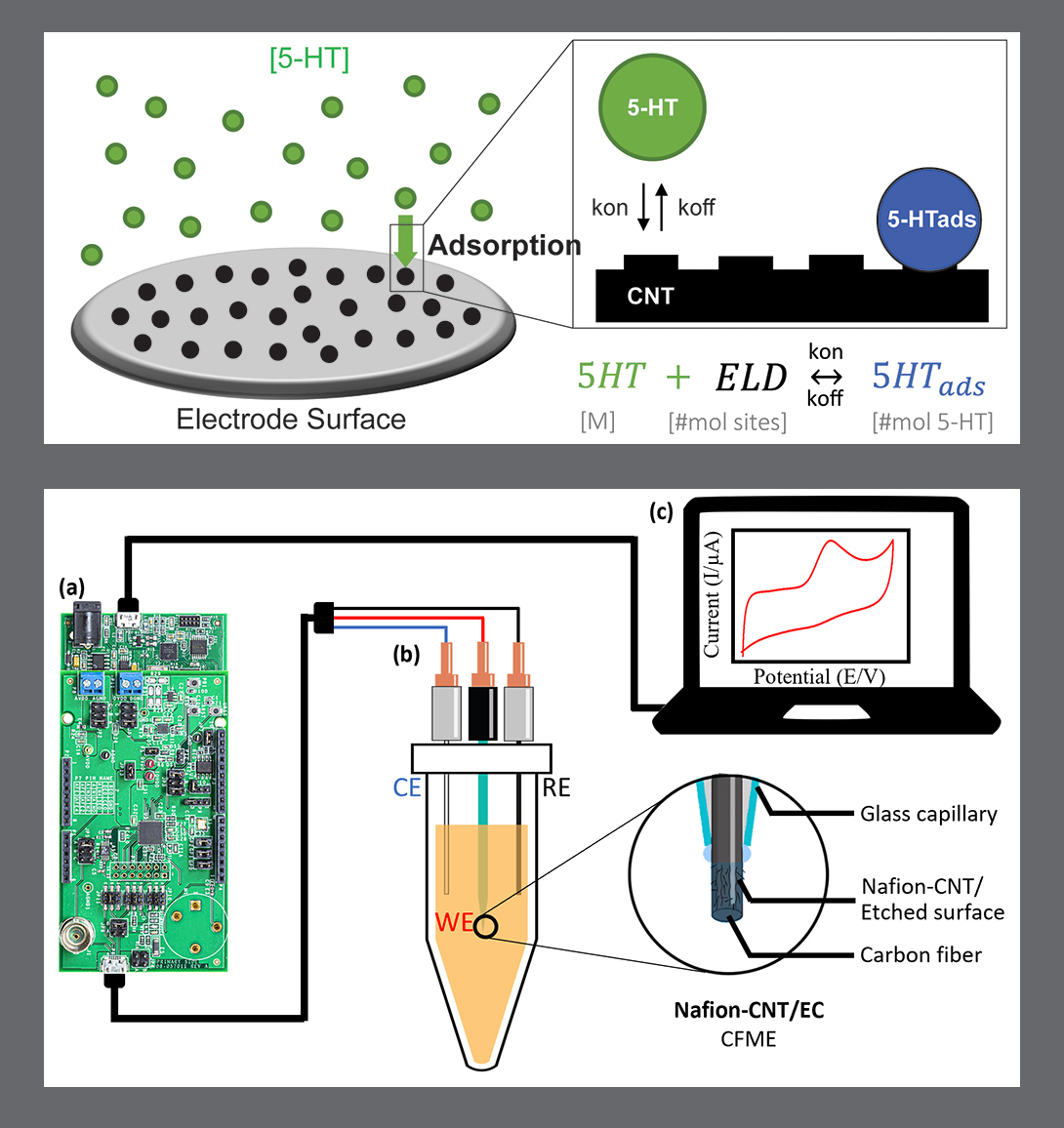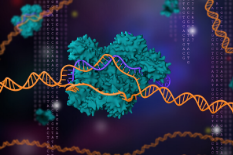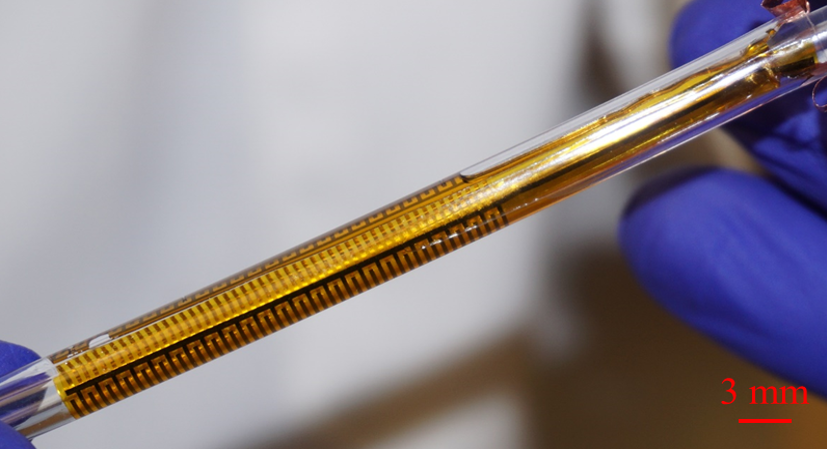News Story
Bridging the Gap between Microelectronics, Biological Systems
Without a doubt, microelectronics devices – from pacemakers to cell phones – are shaping the course of human health and telecommunications. Now, researchers at the University of Maryland (UMD) are working to create first-of-kind microelectronic devices that connect with biological systems in ways that could revolutionize the future of electronic device design and computing systems.
“Devices that freely exchange information between the electronic and biological worlds would represent a completely new societal paradigm,” said William E. Bentley, UMD Fischell Department of Bioengineering professor, director of UMD’s Robert E. Fischell Institute for Biomedical Devices and the project’s principal investigator. “It has only been about 60 years since the implantable pacemaker and defibrillator proved what devices could achieve by electronically stimulating ion currents. Imagine what we could do by transferring all the knowledge contained in our molecular space, by tapping into and controlling molecules such as glucose, hormones, DNA, proteins, or polysaccharides in addition to ions.”
Bentley, Herbert Rabin Distinguished Chair in Engineering Reza Ghodssi (Department of Electrical and Computer Engineering/Institute for Systems Research), Professor Gregory Payne (Institute for Bioscience and Biotechnology Research), Assistant Professor Massimiliano Pierobon (University of Nebraska-Lincoln’s Department of Computer Science and Engineering), Biotechnology Scientist Jessica Terrell (U.S. Army Research Laboratory), and a team of researchers are working to develop devices capable of facilitating the free exchange of information between the electronic and biological worlds.
To support these efforts, the National Science Foundation (NSF) recently awarded the group a $1.5 million grant through the Semiconductor Synthetic Biology for Information Processing and Storage Technologies (SemiSynBio) program. SemiSynBio, a partnership between the NSF and the Semiconductor Research Corporation (SRC), seeks to lay the groundwork for future information storage systems at the intersection of biology, physics, chemistry, computer science, materials science and engineering.
Despite recent advancements in microelectronics, there remains a technology gap between microelectronics and the biological world.
Today’s consumers, for example, cannot turn to their smart phones to uncover information about an infection or illness affecting their body, nor can they use their phones to signal a device to administer an antibiotic or drug. One of the primary reasons for this disconnect between the body and everyday technology is that microelectronic devices process information using materials such as silicon, gold, or chemicals, and an energy source that provides electrons; but, free electrons do not exist in biological systems. As such, scientists encounter a major roadblock in their efforts to bridge the gap between biological systems and microelectronics.
But, Bentley and his team have found a loophole.
In biological systems, there exists a small class of molecules capable of shuttling electrons. These molecules, known as “redox” molecules, can transport electrons to any location. But, redox molecules must first undergo a series of chemical reactions – oxidation or reduction reactions – to transport electrons to the intended target.
By engineering cells with synthetic biology components, the research team has experimentally demonstrated a proof-of-concept device enabling robust and reliable information exchange between electrical and biological (molecular) domains.
Even more, the research group is now working to develop a novel biological memory device that can be written to and read from via either biological and/or electronic means. Such a device would function like a thumb drive or SD card, using molecular signals to store key information and requiring almost no energy. Inside the body, these devices would serve the same purpose – except, instead of merely storing data, they could be used to control biological behaviors.
“For years, microelectronic circuits have had limited capacities in maximizing their computing and storage capabilities, mainly due to the physical constraints that the building-block inorganic materials – such as silicon – imposed upon them,” Ghodssi said. “By exploring and utilizing the world of biology through an integrated and robust interface technology with the semiconductor processing, we expect to address those limitations by allowing our researchers and students to design and develop first-of-kind innovative and powerful bioelectronic devices and systems.”
The research team will work to integrate subsystems and create biohybrid circuits to develop an electronically controlled device for the body that interprets molecular information, computes desired outcomes, and electronically actuates cells to signal and control biological populations. The group’s hope is that such a system could seek out and destroy a bacterial pathogen by recognizing its secreted signaling molecules and synthesizing a pathogen-specific toxin. In this way, the group will, for the first time, explore electronic control of complex biological behaviors.
SemiSynBio builds upon a long history of NSF support for basic research in synthetic biology. This year’s awards address a range of potential applications, including storing data by using DNA, automating the design of genetic circuits, creating bioelectronics and exploring methods for molecular communication. Bentley’s group is one of eight new SemiSynBio projects to receive awards this year. Additional information is available online.
Published July 18, 2018









